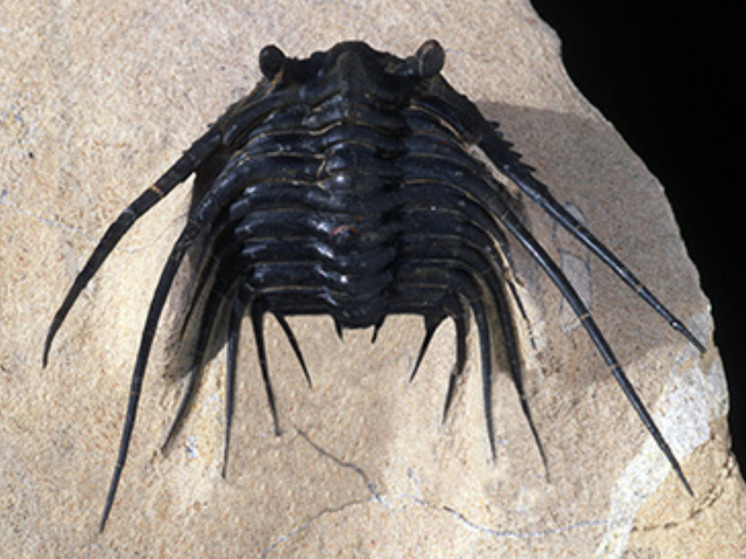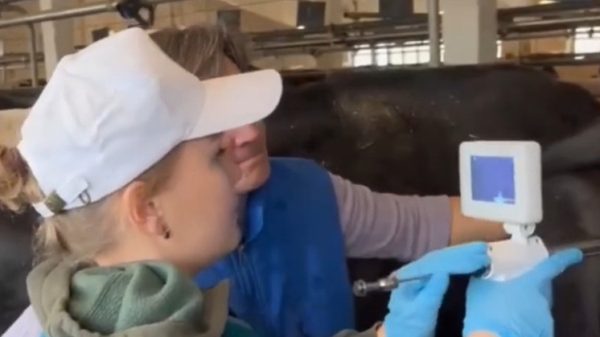Prehistoric fossils may tell us about the lost supercontinent Gondwana
Prehistoric trilobites are long extinct, but even as fossils they can teach us a lot about the history of our planet. Ancient arthropods that lived nearly half a billion years ago, including ten recently discovered species, may be key to understanding Thailand's place on the former supercontinent Gondwana.

Trilobites are extinct sea creatures with crescent-shaped heads that breathed through their legs. The 100-page monograph in the British journal contains many details about the new species, including one named after the Thai royal princess Maha Chakri Sirindhorn.
As Arkeonews tells it, the trilobite fossils were trapped between layers of petrified ash in sandstone, the product of old volcanic eruptions, which settled to the seafloor and formed a green layer called tuff. Unlike some other types of rock or sediment, tuffs contain crystals of zircon, a mineral that was formed during an eruption and, as the name of the rock layer that contains them suggests, is durable.
Zircon is chemically stable and also resistant to heat and weathering. It is as hard as steel and is preserved when minerals in other rocks are destroyed. Inside these elastic zircon crystals, individual uranium atoms gradually decay and turn into lead atoms.
“We can use radioisotope techniques to determine the date of zircon formation and thus determine the age of the eruption, as well as the fossils,” says Nigel Hughes, co-author of the monograph and professor of geology at the University of California, Riverside.
It is rare to find tuffs from this particular time period, the Late Cambrian period, between 497 and 485 million years ago. “Not many places around the world have these. This is one of the worst dated periods of time in Earth's history,” says Hughes.
“The tuffs will allow us not only to date the fossils we found in Thailand, but also to better understand parts of the world such as China. Australia and even North America, where similar fossils have been found in rocks that cannot be dated,” says Shelley Wernette, a former Hughes laboratory geologist now with the Hughes lab. at the University of Texas and the first author of the monograph.
The fossils were discovered on the coast of an island called Ko Tarutao. It is about 40 minutes by speedboat southwest of the mainland and is part of a UNESCO Geopark, which has prompted international teams of scientists to work in the area.
For Shelley Wernette, the most exciting discovery was the 12 species of trilobites that had been seen in other parts of the world, but never before in Thailand. “We can now link Thailand to parts of Australia, which is a really exciting discovery.”
When trilobites lived, this region was on the outer edges of Gondwana, an ancient supercontinent that included Africa, India, Australia, South America and Antarctica .
“Because continents change over time, part of our job was to figure out where this region of Thailand was in relation to the rest of Gondwana,” says Hughes. “It's a moving, shape-changing three-dimensional puzzle that we're trying to piece together. This discovery will help us do that.”
Take, for example, a species named after Royal Princess Sirindhorn for her unwavering commitment to advancing science in Thailand. “I also thought this species had royal qualities. It has a broad headdress and clean, sweeping lines,” Wernette said.
If researchers can date the tuffs containing the eponymous Tsinania sirindhorne species and determine when they lived, they will be able to say that the closely related species The tsinanias found in northern and southern China are roughly the same age.
Ultimately, the researchers believe that the images of the ancient world hidden in the fossils they found contain invaluable information for today.
< p>“What we have here is a chronicle of evolutionary changes accompanied by extinctions. The Earth wrote this album for us, and we're lucky to have it,” Hughes said. “The more we learn from it, the better prepared we are for the challenges we create for ourselves on the planet today.”


























































Свежие комментарии